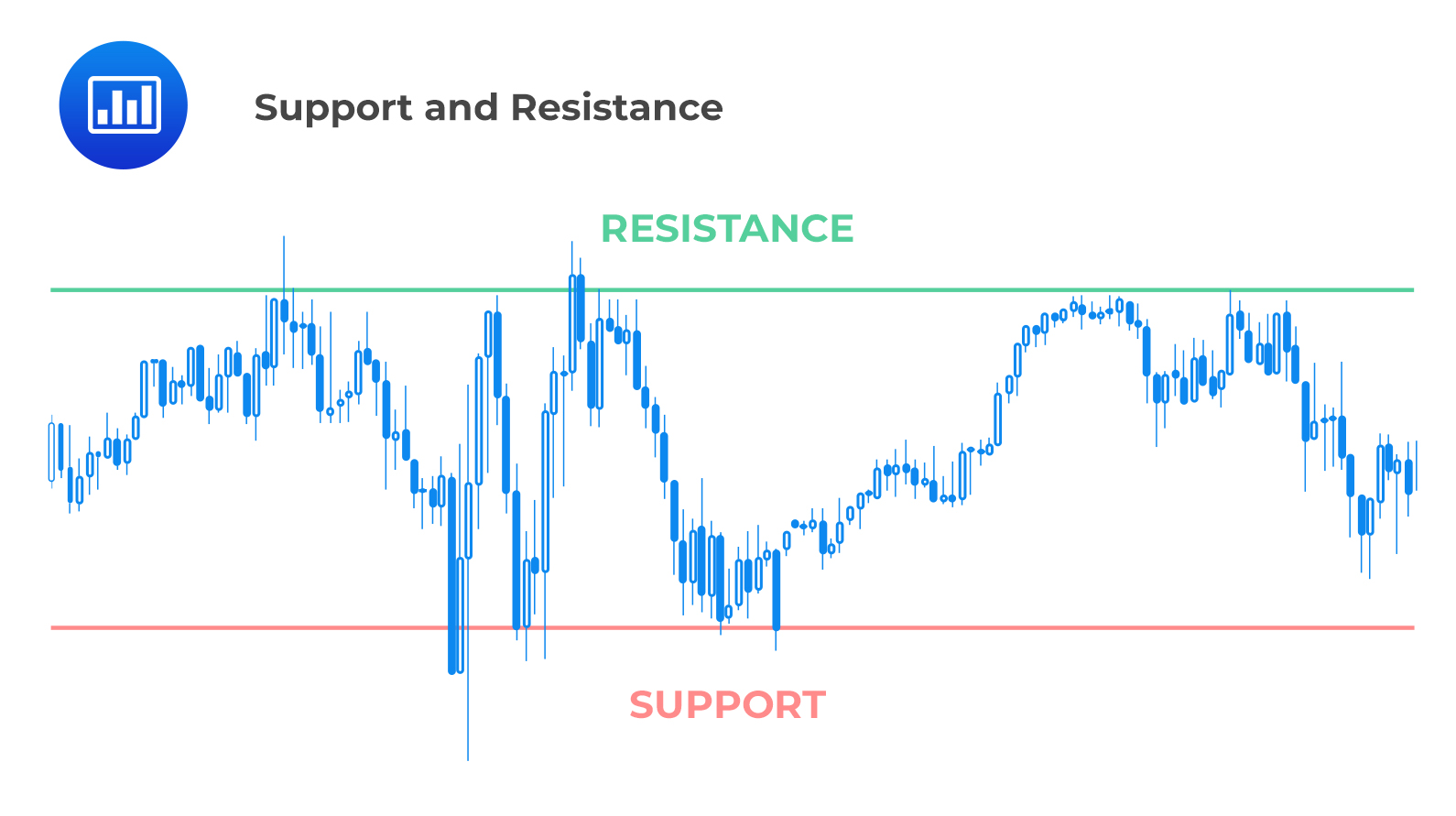Risk Management Framework
Risk management is the process in which the level of risk to be... Read More
Trends are among the most important concepts in technical analysis. A trend represents a long-term pattern of price movement in a particular direction. A consolidation occurs when a security is not trending. Under normal circumstances, market participants tend to make similar decisions, and a trend may persist for some time. The following are a few additional concepts that every CFA level I candidate is expected to understand before sitting the exam.
We say a market is in an uptrend when the price consistently goes to higher highs and higher lows. As the price of a security increases, the new high that is subsequently attained is one that is higher than the one preceding it. Similarly, each time price retraces, the new low attained must be ‘higher’ than the prior low. Behind an uptrend lies demand that is higher than supply. Therefore, market participants are willing to pay higher prices as they compete for the same asset. Such a scenario may happen over a period of time.
Experts say the market is on a downward trend when an asset consistently makes lower lows and lower highs. As the price of a security decreases, the subsequent new high must be lower than the preceding high. Similarly, each time price retraces, the new low must be lower than the preceding low in the trend period. Behind a downtrend lies supply that is overwhelming demand. Therefore, market participants are willing to exit long positions and accept declining prices.
A retracement refers to a temporary price movement against the established trend.
Support refers to a low-price range in which further decline in price can be averted by some buying activities. It’s the direct opposite of resistance, a price range in which further price increase can be averted by some selling activities. In addition to trend, support and resistance are also linked to human psychology, particularly the tendency of buyers and sellers to find common ground in regard to the price of a security.

The change in polarity principle asserts that once breached, a support level becomes a resistance level. Similarly, resistance levels become support levels once breaching has occurred. For instance, assume that the price of a certain security never rises beyond $15 over a long period of time and actually begins to decline whenever it reaches this level. If the price finally “breaks” the $15 ceiling by a significant amount, the new point to which the price rises effectively becomes a support level.
Question
Which of the following would most likely assert that a support level becomes a resistance level once breached?
- Trend.
- Change in polarity.
- Support and resistance.
Solution
The correct answer is B
The change in polarity principle asserts that once breached, a support level becomes a resistance level.
A is incorrect. A trend is the directional movement of a commodity price.
C is incorrect. Support refers to a low-price range in which further decline in price can be averted by some buying activity. At the same time, resistance is a high-price range in which further price increase is averted by some selling activity.
Get Ahead on Your Study Prep This Cyber Monday! Save 35% on all CFA® and FRM® Unlimited Packages. Use code CYBERMONDAY at checkout. Offer ends Dec 1st.